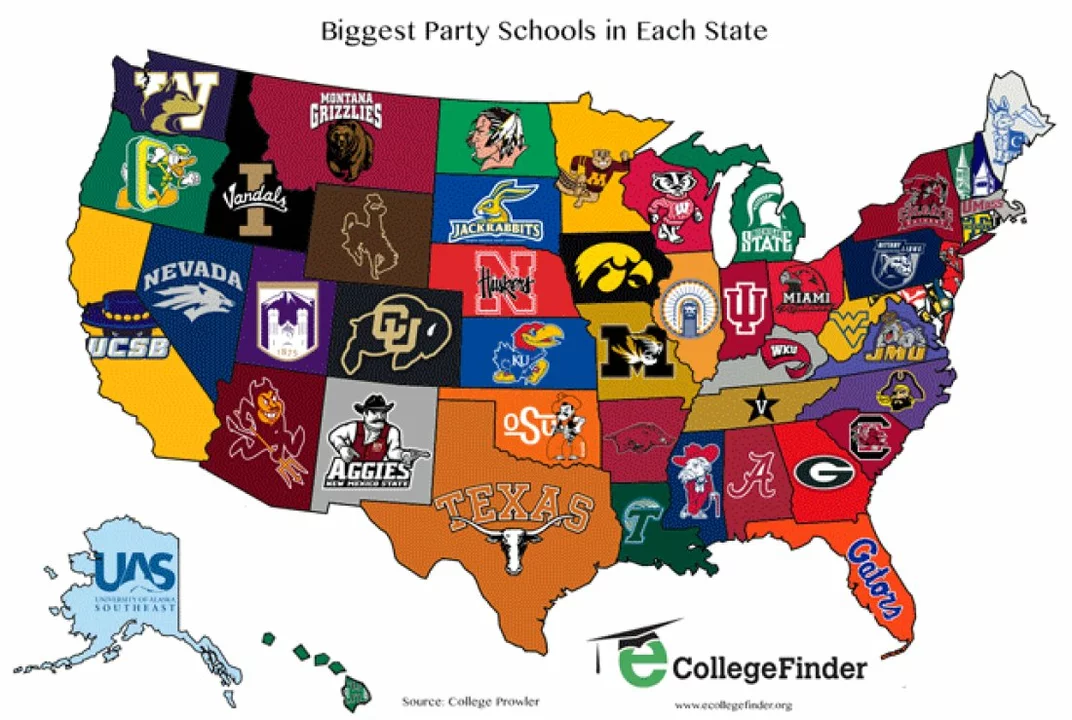Sports Statistics and Analysis
When working with Sports Statistics and Analysis, the systematic collection, interpretation, and presentation of data about sports events, teams, and athletes. Also known as sports analytics, it helps fans, coaches, and marketers spot trends and make smarter choices.
One of the core subjects in this field is Professional sports teams, organized clubs that compete at the highest level in leagues such as the NFL, NBA, MLB, and NHL. Their locations tie directly to U.S. states, the individual political regions within the United States, each with its own market for sports franchises. The way teams are spread across the country – what we call Team distribution, the geographic spread of professional teams reflecting population density and economic strength – is a classic example of a data set that sports statistics can unpack. Sports Statistics and Analysis encompasses Professional sports teams data, requires accurate Team distribution metrics, and acknowledges that U.S. states influence those patterns. By mapping each franchise to its home state, analysts uncover hotspots, reveal market gaps, and predict where the next expansion could thrive.
Beyond geography, the discipline leans on data visualization, predictive modeling, and historical performance records to tell a complete story. For instance, when you overlay attendance figures with state GDP, you see why states like California and New York dominate the franchise count. Meanwhile, fan engagement metrics—social media mentions, merch sales, TV ratings—add a behavioral layer that enriches pure location data. This blend of quantitative and qualitative insight is what turns raw numbers into actionable strategy, whether a league is scouting new cities or a sponsor is budgeting ad spend. The tools you’ll encounter range from simple spreadsheets to advanced BI platforms, all designed to turn complex datasets into clear, shareable visuals.
Below you’ll find a curated collection of articles that dive deeper into these themes. The first piece examines which U.S. states host the most professional sports teams, breaking down the numbers and what they mean for fans and investors alike. Other entries explore how regional economics shape team placement, the role of stadium funding in expansion talks, and how emerging analytics are reshaping fan experiences. Browse the list to see how each story builds on the core ideas of Sports Statistics and Analysis, offering fresh angles and practical takeaways for anyone hungry for data‑driven sports wisdom.

Which U.S. states have the most professional sports teams?
As a sports enthusiast, I recently looked into which U.S. states have the most professional sports teams. It turns out that California leads the pack with 16 major league teams across various sports such as football, basketball, baseball, and hockey. New York and Texas follow closely behind, boasting 11 and 10 teams respectively. Interestingly, the East Coast seems to have a higher concentration of professional sports teams compared to other regions. With such a diverse selection of teams, fans in these states are certainly spoiled for choice when it comes to supporting their favorite sport!
Read More


